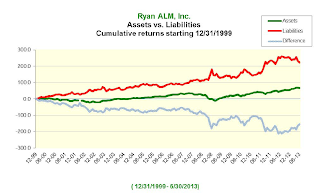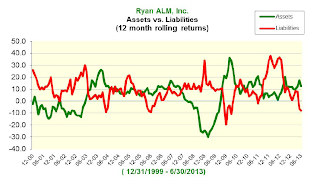Back in 2009, Chris Devonshire-Ellis wrote:
Fast forward to 2013 (H/T http://chindia-alert.org/ ) :China’s “string of pearls” strategy appears to be taking another step forward as Beijing increases ties with the Sri Lankan government. The strategy, which was the subject of a 2005 U.S. China Commission report to Congress, is driven by China’s need to secure foreign oil and trade routes critical to its development. This has meant establishing an increased level of influence along sea routes through investment, port development and diplomacy.To date, China’s investments extend from Hainan Island in the South China Sea, through the littorals of the Straits of Malacca, including port developments in Chittagong in Bangladesh; Sittwe, Coco, Hianggyi, Khaukphyu, Mergui and Zadetkyi Kyun in Myanmar; Laem Chabang in Thailand; and Sihanoukville in Cambodia. They extend across the Indian Ocean, Sri Lanka, the Maldives, Pakistan’s Gwadar Port, and in islands within the Arabian Sea and into the Persian Gulf.
Not surprisingly, both the U.S. and Indian governments are concerned, part of these developments include the upgrading of airstrips, many supported with military facilities, such as the facility on Woody Island, close to Vietnam. These developments mean that the balance of power within the Indian and Arabian Gulf has now shifted away from the traditional Indian government management, backed up with U.S. military strength, but to China, backed up with regional diplomatic ties that dispense with the need to engage with either power. (Devonshire-Ellis, 2009)
China's "String of Pearls" Strategy
Sri Lanka has finalized a $1.43 billion deal with China Communications Construction Co Ltd (601800.SS) to build a city on a 230 hectare site that will be reclaimed from the sea, the head of the state-run Ports Authority said on Wednesday.
The site is next to the island nation's main Colombo port and Colombo's historic Galle Face Green seafront. It is also close to where Shangri-La Hotels Lanka Ltd, a subsidiary of Hong Kong-listed Shangri-La Asia Ltd (0069.HK), is building a 500-room hotel.
"The Chinese firm will invest in reclaiming the land and infrastructure of the port city," Priyath Wickrama, chairman of Sri Lanka Ports Authority, told reporters. "It will be given around 50 hectare of reclaimed land on a 99-year lease for its investment."
The 39-month long construction project will start in September, Wickrama said, adding the city would include eco-parks, residential areas, offices and shopping malls.
Since the end of a nearly three-decade war in May 2009, the Indian Ocean island nation has been spending heavily on infrastructure, including ports to attract foreign investments to its $59 billion economy.
It has already created new land near the proposed port city as part of its expansion of the Colombo port to double its capacity by 2015.
“India is too large a country to be encircled” said M.K. Narayanan, the incumbent West Bengal governor, in 2010 (Suryanarayana, 2010).
The opposite appears to be the case thus highlighting what international relations analysts have surmised for some time: India punches beneath its weight geopolitically.
In retrospect, going as far back as 1992, we can see George K. Tanham's report, "Indian Strategic Thought: An Interpretive Essay" to reflect the shortcomings of the Indian system.
So is Asia headed towards Chinese hegemony? Extrapolating is dangerous; China's rise appears secure but not as simple as it sounds. Shinzō Abe's landslide victory provided him with the mandate he truly craves. No, it isn't about implementing Abenomics and its three arrows for economics has never been Abe's passion, it is about restoring Japan to its glory as a muscular and militarized nation.
References
Devonshire-Ellis, C. (2009, March 18). China’s string of pearls strategy. China Briefing, Retrieved from http://www.china-briefing.com/news/2009/03/18/china’s-string-of-pearls-strategy.html Aneez, S., Sirlal, R., and Holmes, D.(ed.) (2013, July 24). Sri lanka teams up with chinese firm for $1.4 billion port city. Retrieved from http://www.reuters.com/article/2013/07/24/us-srilanka-port-city-idUSBRE96N0NU20130724
Suryanarayana, P. S. (2010, September 26). ‘india should not punch below its weight'. The Hindu. Retrieved from http://www.thehindu.com/todays-paper/tp-national/india-should-not-punch-below-its-weight/article796223.ece
Tanham, G. K. (1992). Indian strategic thought: An interpretive essay. In Santa Monica, CA: RAND. Retrieved from http://www.rand.org/content/dam/rand/pubs/reports/2007/R4207.pdf





